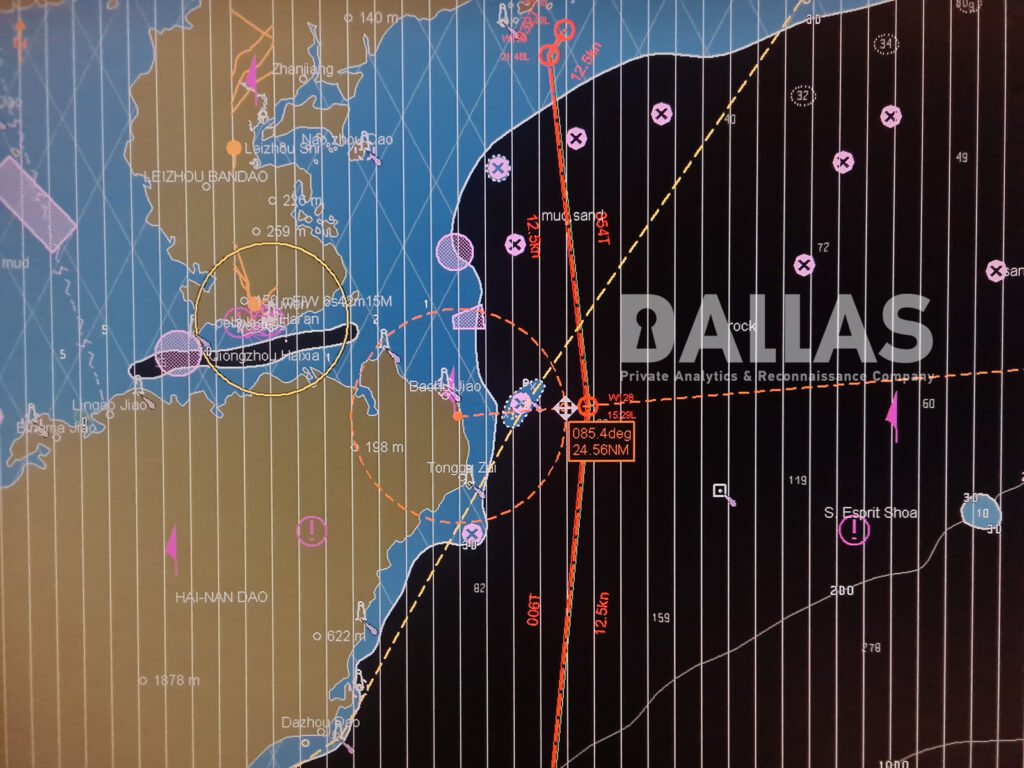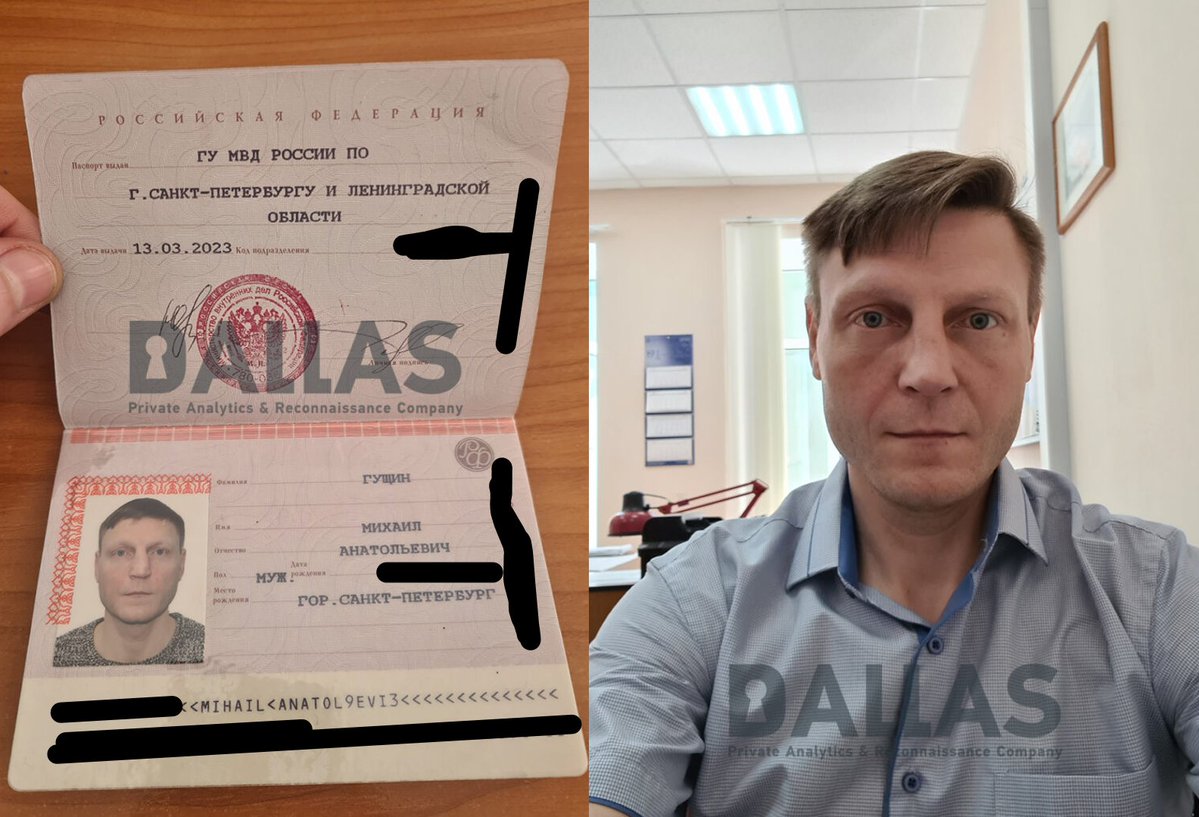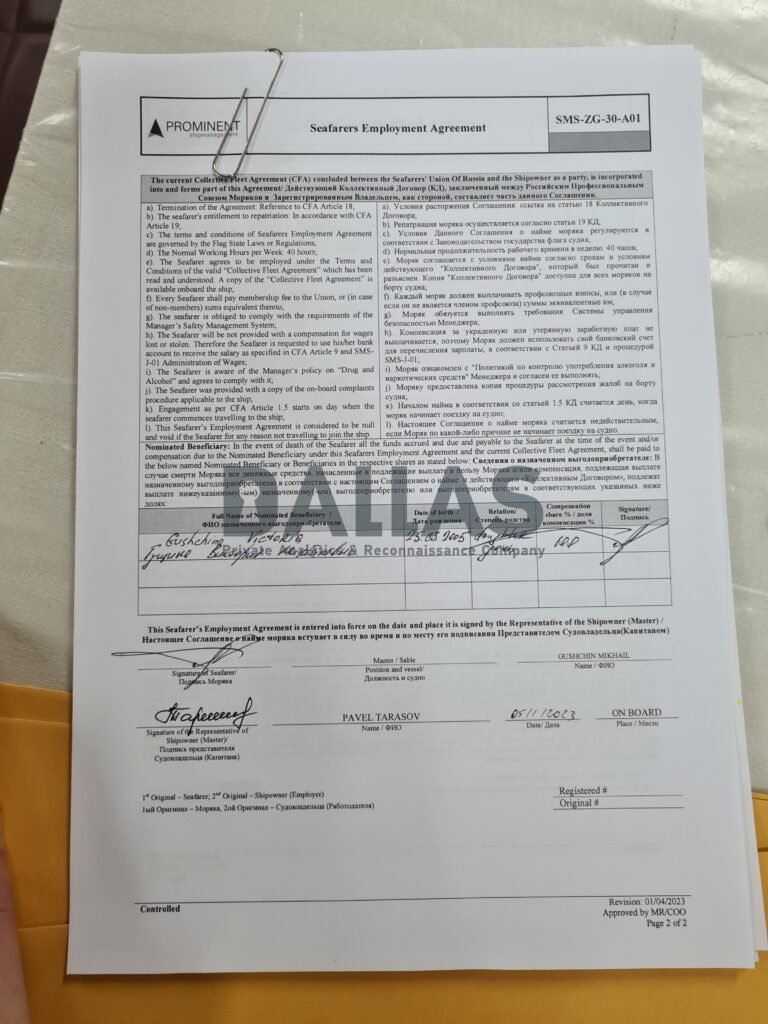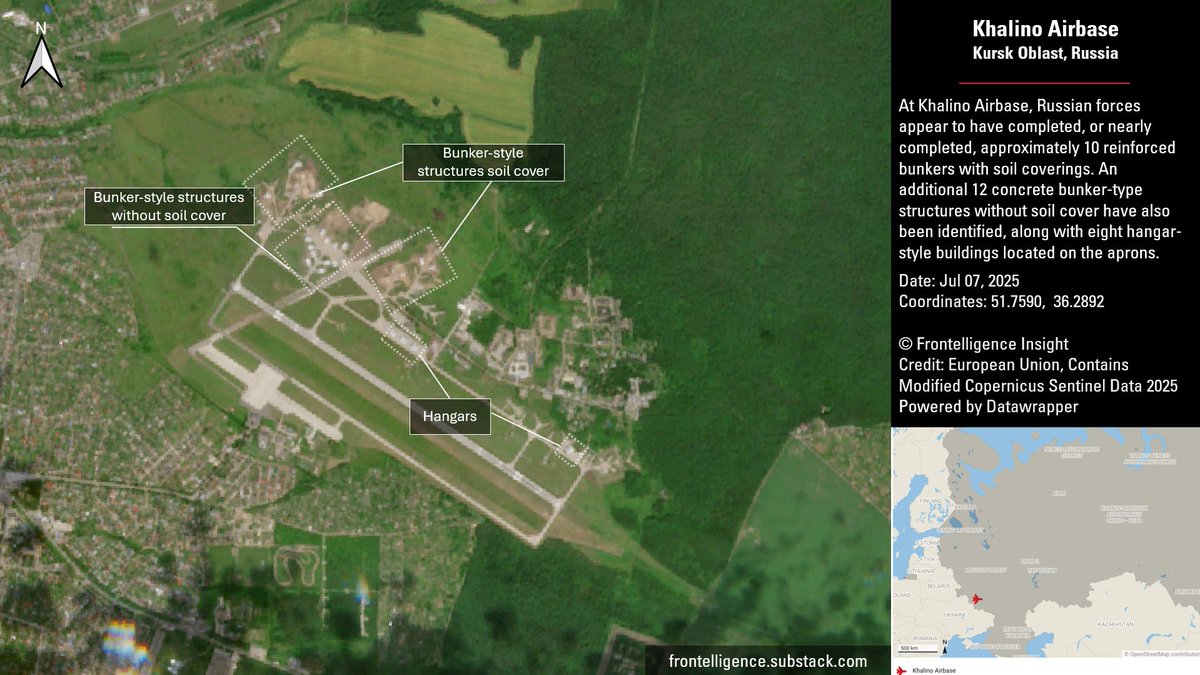The seriousness of the situation on the frontlines was recently laid out in detail by Olexandr Solonko, a soldier currently serving in Donetsk Oblast. I strongly recommend reading the translated version closely if you’re trying to understand the situation on the ground. Thread:
2/ We are approaching a moment when we will very likely face another major crisis on the front. While the world's powerful play their games of "two weeks" and "50 days" and try in every way to demonstrate resolve where there is none, we will have to withstand the desperate pressure of the Russians. Both on the front and in the rear
3/ Where we are now: The Russians believe that if they press with all their might now, they can finally break us. This belief is based, among other things, on the long, attrition war, the escalation of regular attacks on military targets, the defense industry, and the terrorizing of civilians in the rear
4/ They aim to undermine our economic potential, disrupt mobilization through subversive activities, propaganda, and now airstrikes, as well as aggressive informational and semantic warfare. Their often successful efforts to undermine Ukraine's support from foreign actors...
5/ ...while having the backing of China, North Korea, and foreign companies that love money and sell anything that helps them fight against us. And also some of Ukraine's Western neighbours, who are our open enemies.
6/ Russians believe that the cumulative effect of these 3.5 years will soon yield results. Whether in 60 days or end of the year, the exact timeline is not as crucial. Whether the West will back its words with action and whether we can fix our mistakes will determine the outcome
7/ The main point is this: they hope that their "last and decisive" push will bring the desired effect. That by burying the infantry of another dozen motorized rifle regiments in the Donetsk region, they will collapse our front.
8/ I see posts where people write that they won’t succeed. I hope so too, but there’s a question about how we define success or failure. How do we assess this now, and how will we assess it if the enemy surrounds Pokrovsk? They’ve deployed insane number of forces for this mission
9/ No matter what the news is this summer, we need to focus on the main thing. It’s a simple but correct path: in the army or for the army. Those who can kill occupiers should kill occupiers. Those who can help do it more effectively should focus their efforts in that direction
10/ We must stop turning a blind eye to problems and empower competent people, even if they’re not always convenient. After everything we’ve been through, it would be terrible to focus on secondary matters at the most critical moment.
11/ One more thing: We are now in a time of serious crisis. We’ve weakened, objectively. We’re tired, we’ve suffered losses, and our enemy has significant support in the war against us. In times like these, it’s clear who behaves like a jackal.
12/ Who eagerly tries to stab us in the back, like Orban, who, in unison with the Russians, torpedoes efforts to replenish our army. And does everything in sync with them. It’s in moments like these that we see most clearly who is who.
13/ We need to remember them all. They must know that they cannot support attempts to destroy us with impunity.
Olexandr Solonko
Original text in Ukrainian:
Olexandr Solonko
Original text in Ukrainian:
https://x.com/solonko1648/status/1945244803974779081
• • •
Missing some Tweet in this thread? You can try to
force a refresh













